The Return Of Civil High-Speed Flight
August 24, 2022Supersonic travel could soon be back in vogue. American Airlines announced plans, in mid-August, to acquire up to 60 Boom Supersonic Overture airliners, overtaking United Airlines as the biggest customer yet for the in-development Mach 1.7 transport.
In 2003 supersonic passenger flights ended with the retirement of Concorde and following that, industry consensus had been that business aviation and its demand for higher speed would lead a civil supersonic transport revival.
Then the long-running Aerion supersonic business jet project in 2021 ended and with it airline interest growing in high-speed transports. But supersonic travel and the desire for it has never dulled. The next challenge was how to make it more sustainable.
Boom’s ambitious schedule envisages rollout of the prototype Overture in 2025 and introduction of the first civil supersonic services on transatlantic and transpacific routes around 2029. The Overture will be designed to cruise at Mach 1.7 and carry up to 80 passengers on routes up to 4,250 nm using 100% sustainable aviation fuel (SAF), while simultaneously meeting stringent ICAO Chapter 14/FAA Stage 5 take-off and landing noise limits.
Boom founder and CEO Blake Scholl told Aviation Week, that in terms of overall order totals, the Overture can now be ranked ahead of the Anglo-French Concorde, Scholl adds. “Only 14 [Concordes] ever entered service and they were basically given away. American and United have committed capital to this and both have made deposits—so your 35 aircraft eclipses Concorde by more than double.
Here’s a look at some of the on-going programs.
In the pursuit of hypersonic technologies, programs pushing the laws of physics continue to evolve at a rapid pace. Stay up-to-date with critical insights and analysis on where the technology is and where it’s going with a personal subscription from the experts trusted by the industry. Step inside Aviation Week & Space Technology and the quest for speed.

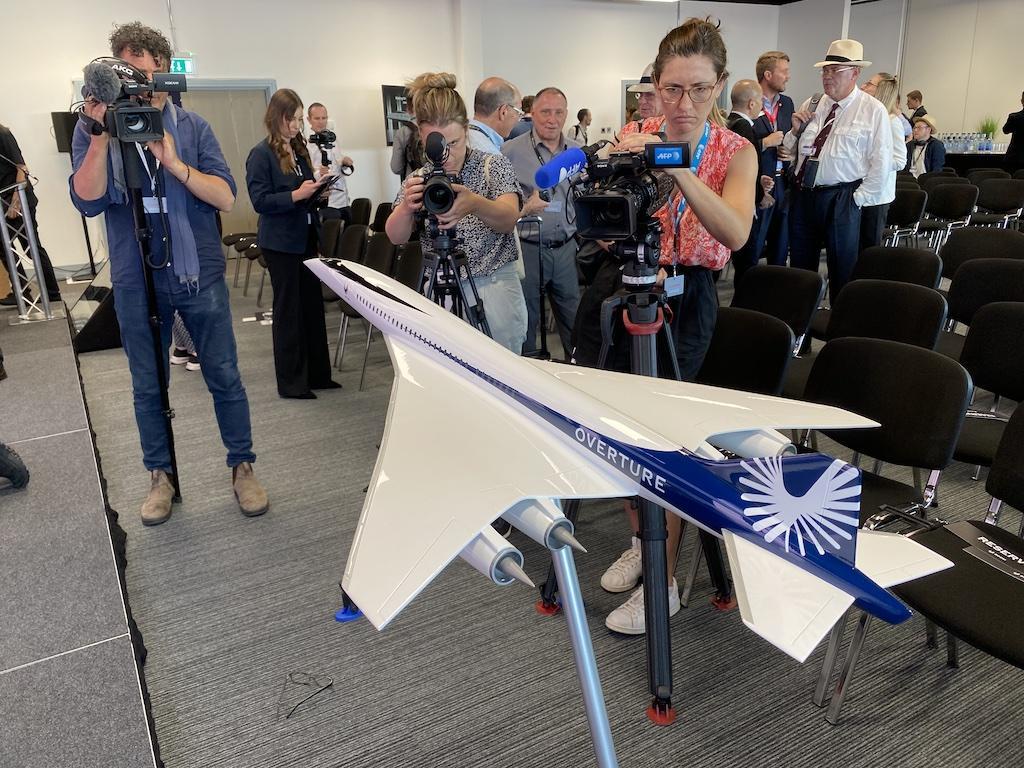
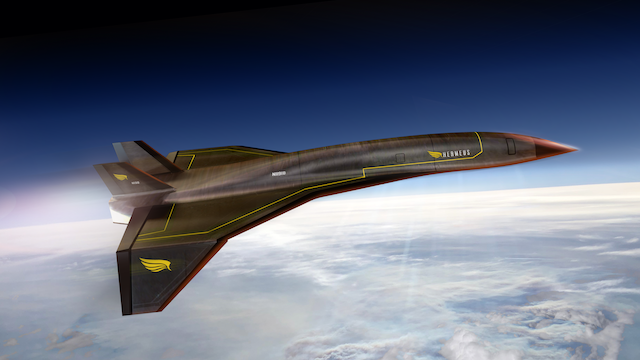
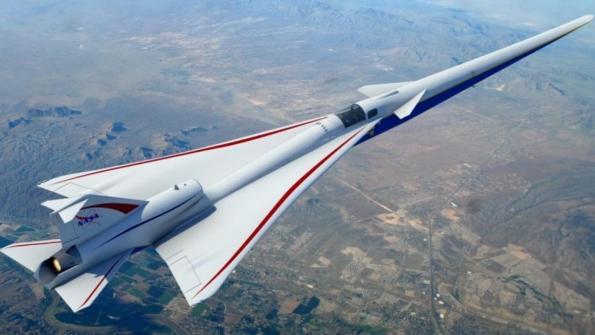
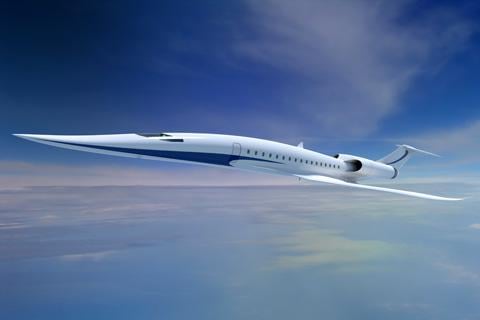

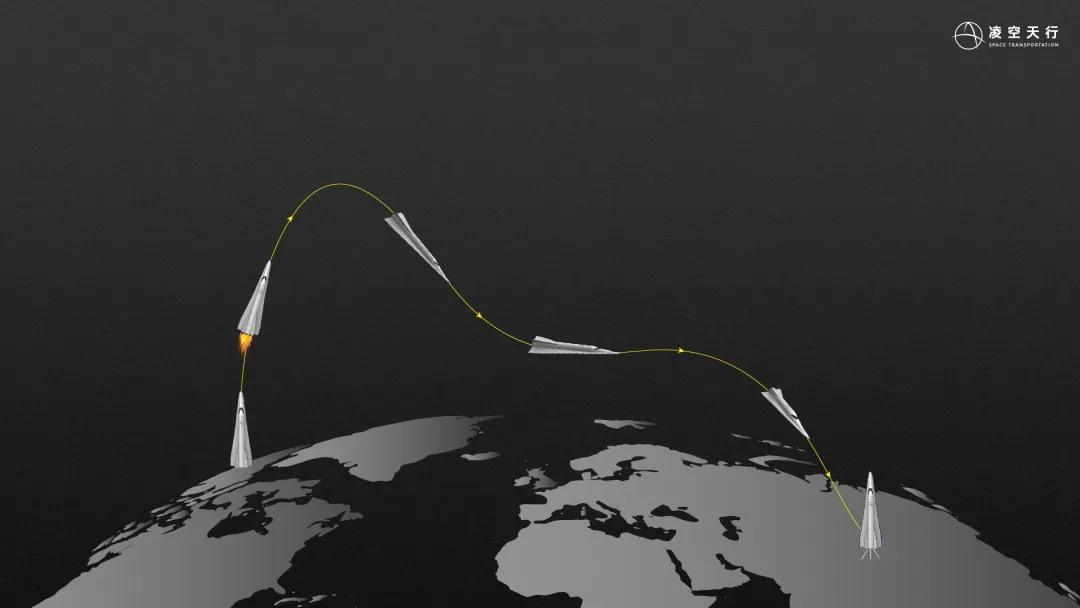
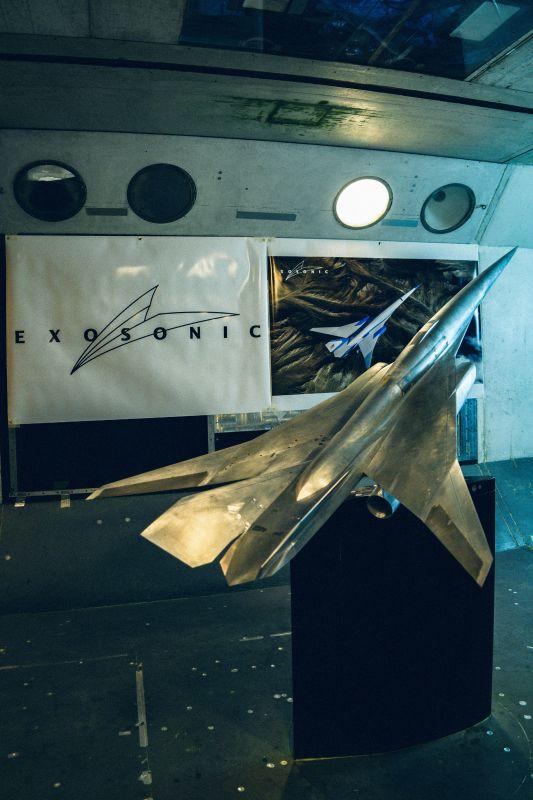
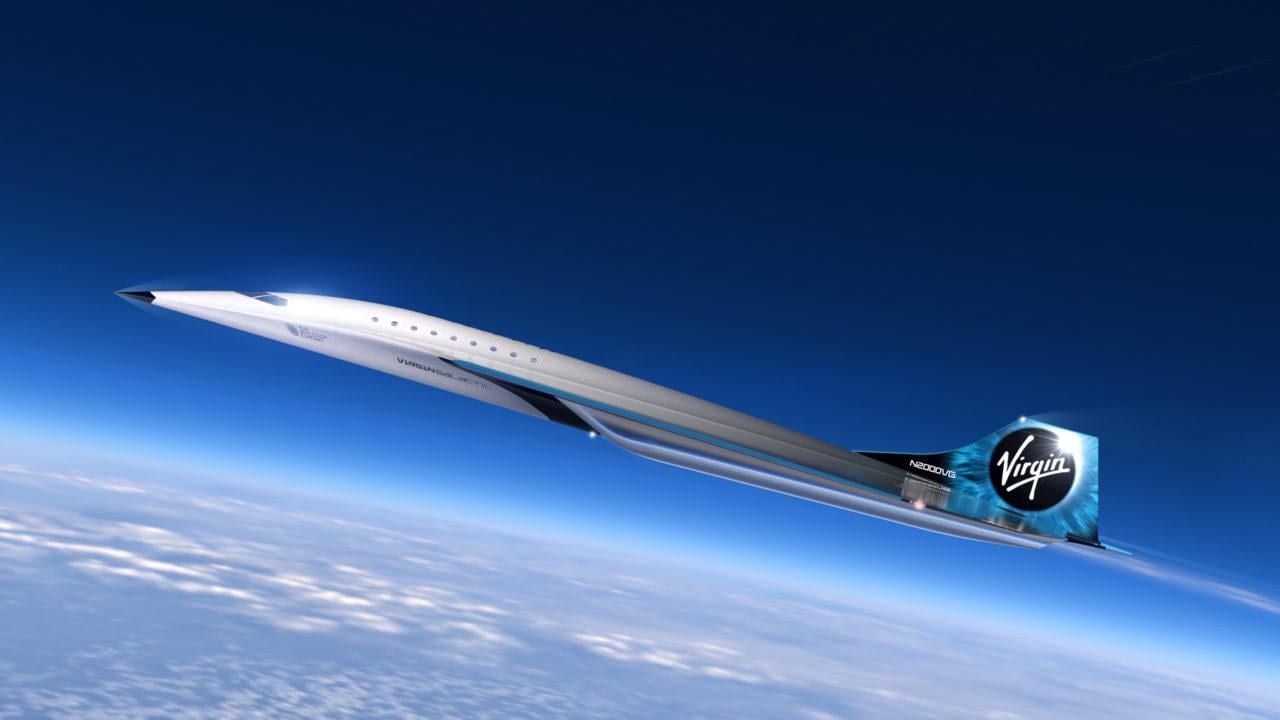
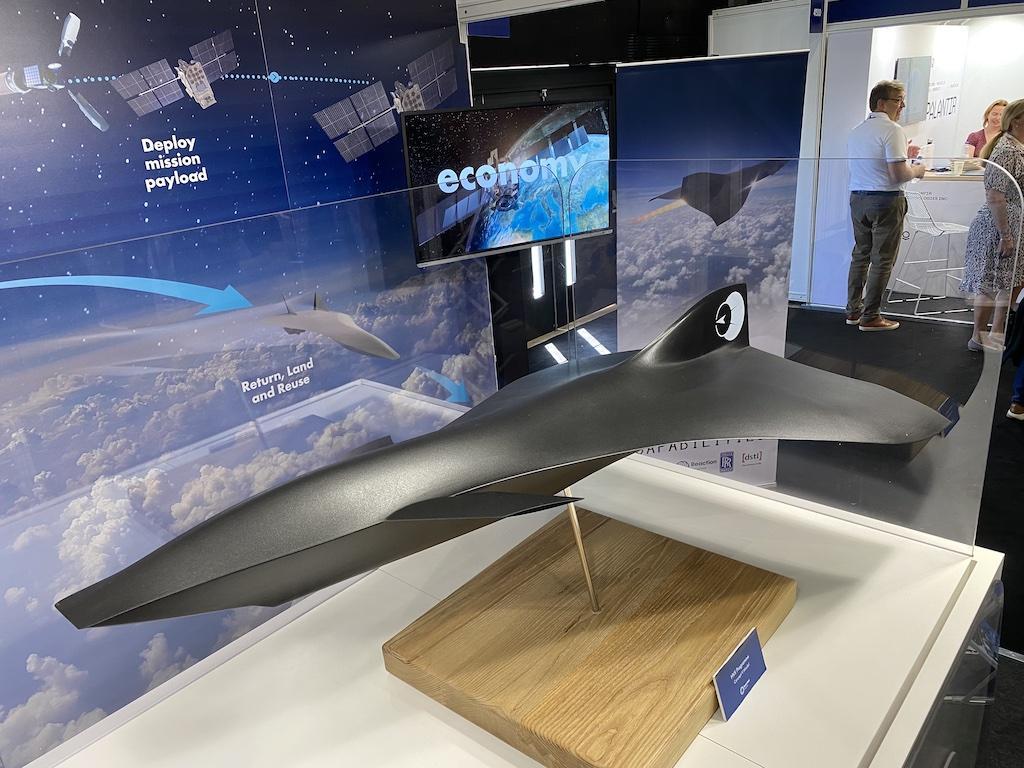
Comments